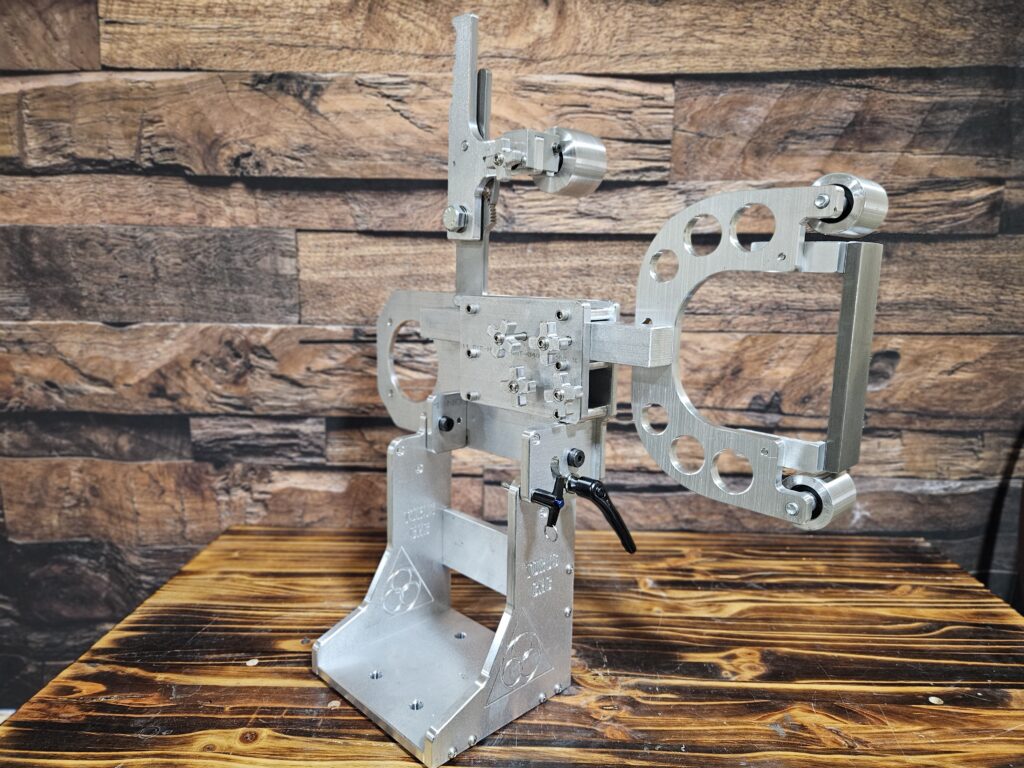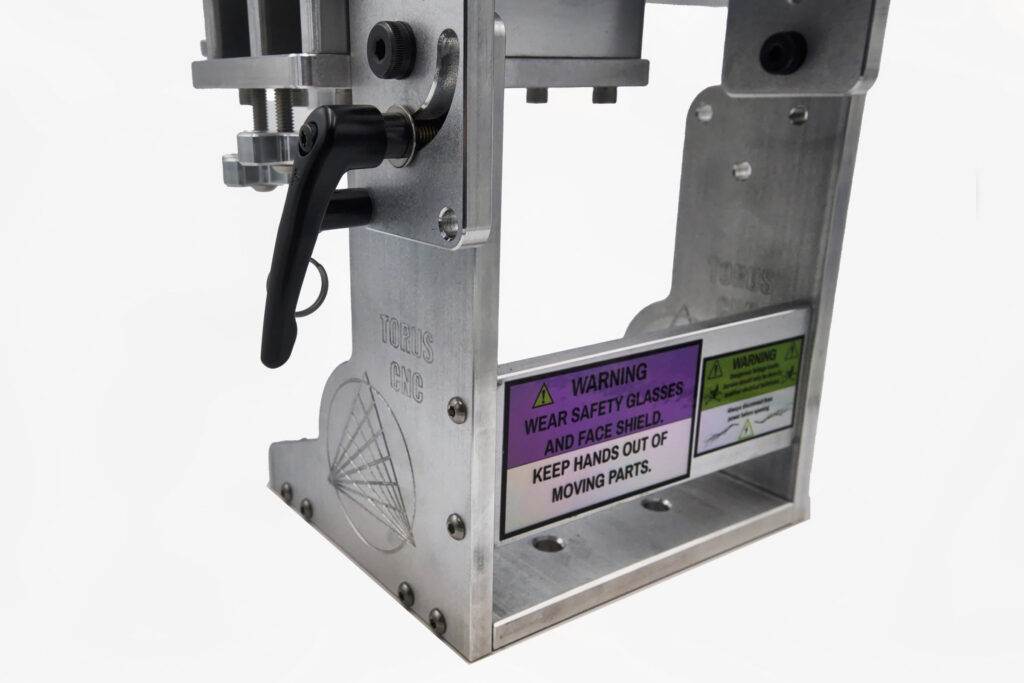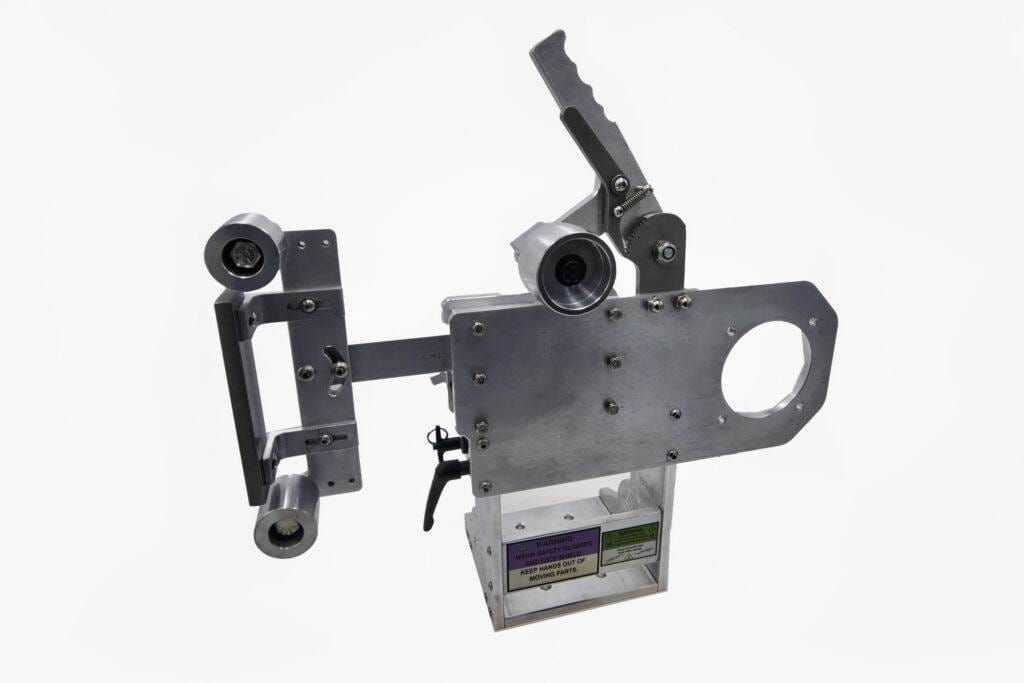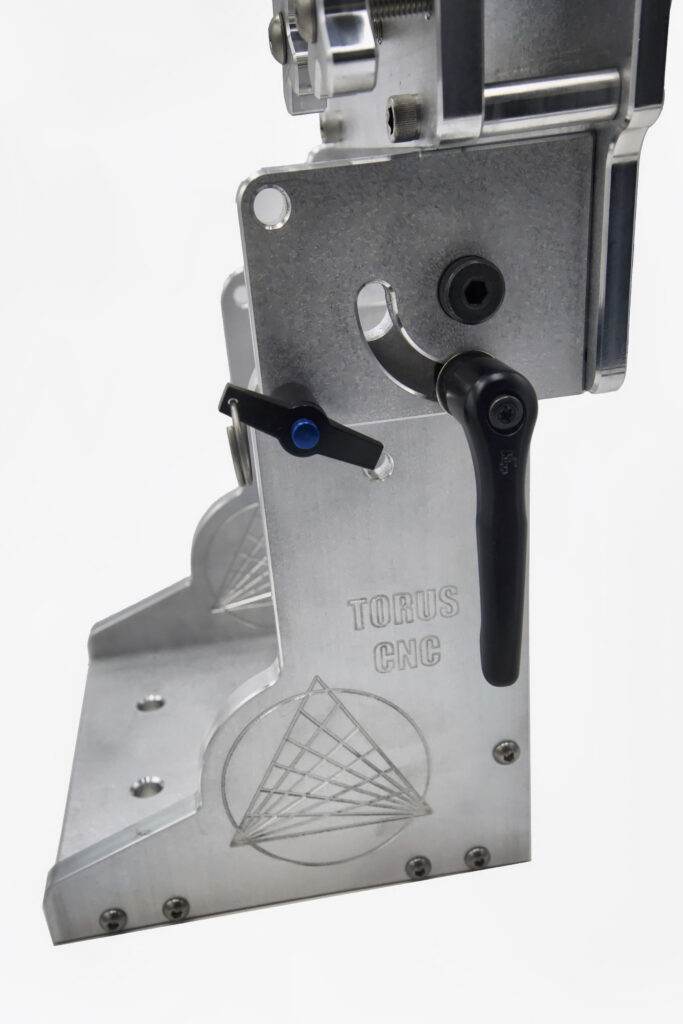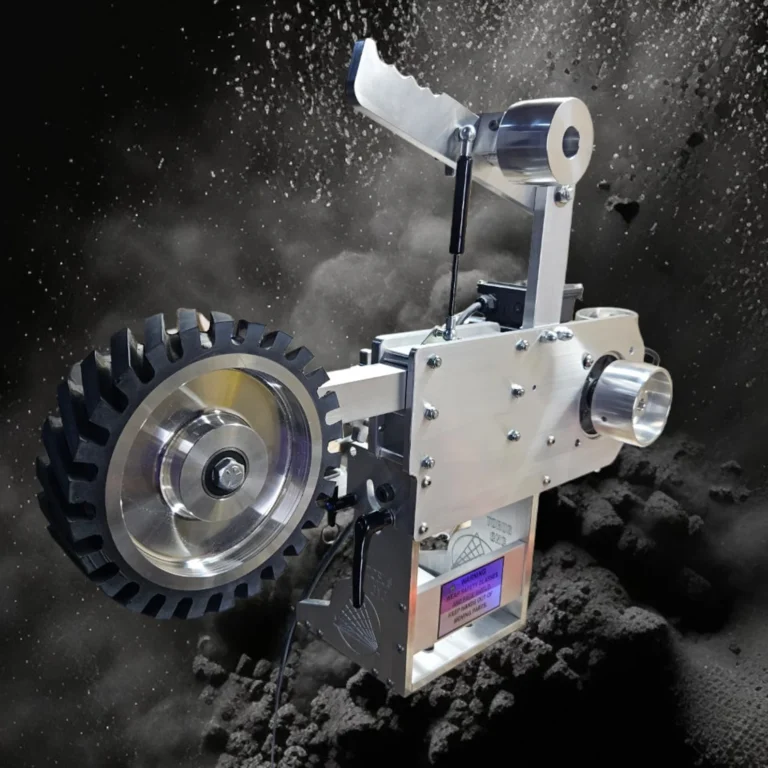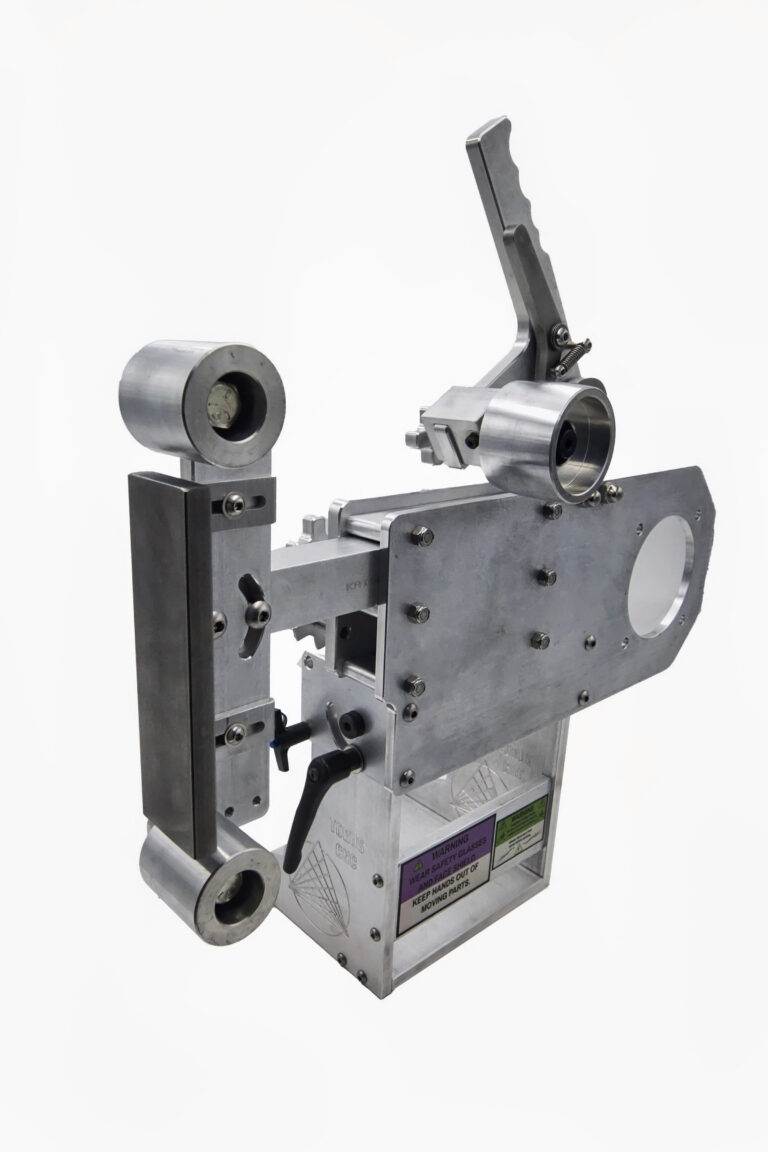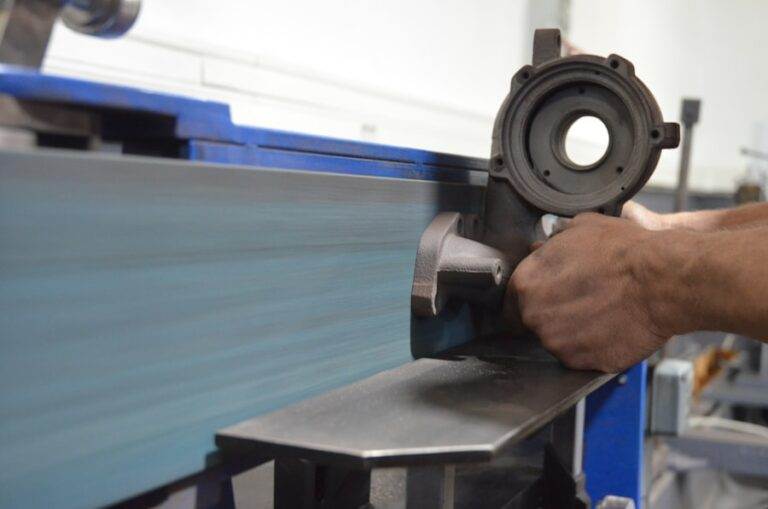In the realm of machinery and equipment, the significance of drive wheels cannot be overstated. These components are essential for the efficient operation of various systems, from industrial machines to vehicles. However, over time, drive wheels can become unbalanced due to wear and tear, misalignment, or other factors.
This imbalance can lead to a host of operational issues, including increased wear on components, reduced efficiency, and even safety hazards. Rebalancing drive wheels is a critical process that can restore optimal performance and extend the lifespan of machinery. Rebalanced drive wheels are not merely a luxury; they are a necessity for ensuring smooth operation.
The process involves adjusting the weight distribution around the wheel to eliminate vibrations and enhance stability. This adjustment can significantly improve the overall functionality of the equipment, leading to smoother operation and reduced maintenance costs. As industries continue to evolve and demand higher efficiency, the importance of rebalancing drive wheels becomes increasingly apparent.
Key Takeaways
- Rebalancing drive wheels is crucial for achieving smooth operation and preventing common issues such as vibration and premature wear.
- Proper maintenance and monitoring are essential for ensuring drive wheels remain balanced and in optimal condition.
- There are various methods and tools available for rebalancing drive wheels, and choosing the right one depends on factors such as wheel type and application.
- The benefits of rebalancing drive wheels include improved performance, reduced maintenance costs, and extended equipment lifespan.
- Case studies demonstrate the successful implementation of rebalanced drive wheels in various industries, highlighting the positive impact on overall operation and efficiency.
Understanding the Importance of Smooth Operation
Smooth operation is a fundamental requirement in any mechanical system. When machinery operates smoothly, it not only enhances productivity but also minimizes the risk of breakdowns and failures. Smooth operation reduces friction and wear on components, leading to longer service life and lower maintenance costs.
In contrast, any imbalance in drive wheels can result in vibrations that propagate through the entire system, causing premature wear and potential damage to other parts. Moreover, smooth operation contributes to safety in various applications. In vehicles, for instance, an unbalanced drive wheel can lead to erratic handling and increased stopping distances, posing risks to drivers and passengers alike.
In industrial settings, machinery that vibrates excessively can create hazardous working conditions for operators. Therefore, achieving smooth operation through rebalancing drive wheels is not just about performance; it is also about ensuring safety and reliability in operations.
Common Issues with Drive Wheel Imbalance
Drive wheel imbalance can manifest in several ways, each with its own set of consequences. One of the most common issues is excessive vibration during operation. This vibration can lead to discomfort for operators and may even cause fatigue over time.
Additionally, vibrations can result in misalignment of other components, further exacerbating operational inefficiencies. Another issue associated with drive wheel imbalance is uneven wear on tires or other contact surfaces. When a wheel is not balanced correctly, certain areas may experience more friction than others, leading to premature degradation.
This uneven wear not only shortens the lifespan of the wheel itself but can also affect the performance of connected systems. Furthermore, imbalances can lead to increased energy consumption as machines work harder to compensate for the lack of stability, ultimately impacting operational costs.
The Benefits of Rebalancing Drive Wheels
Rebalancing drive wheels offers a multitude of benefits that extend beyond mere performance improvements. One of the most significant advantages is enhanced operational efficiency. By eliminating vibrations and ensuring even weight distribution, machines can operate at optimal levels, reducing energy consumption and increasing productivity.
This efficiency translates into cost savings for businesses, making rebalancing a worthwhile investment. Additionally, rebalancing drive wheels contributes to improved safety in various applications. With reduced vibrations and smoother operation, the risk of accidents or equipment failures diminishes significantly.
Operators can work with greater confidence, knowing that their machinery is functioning as intended. Furthermore, rebalancing can lead to lower maintenance costs by minimizing wear on components and extending their service life. In essence, the benefits of rebalancing drive wheels encompass not only immediate performance gains but also long-term advantages for both safety and cost-effectiveness.
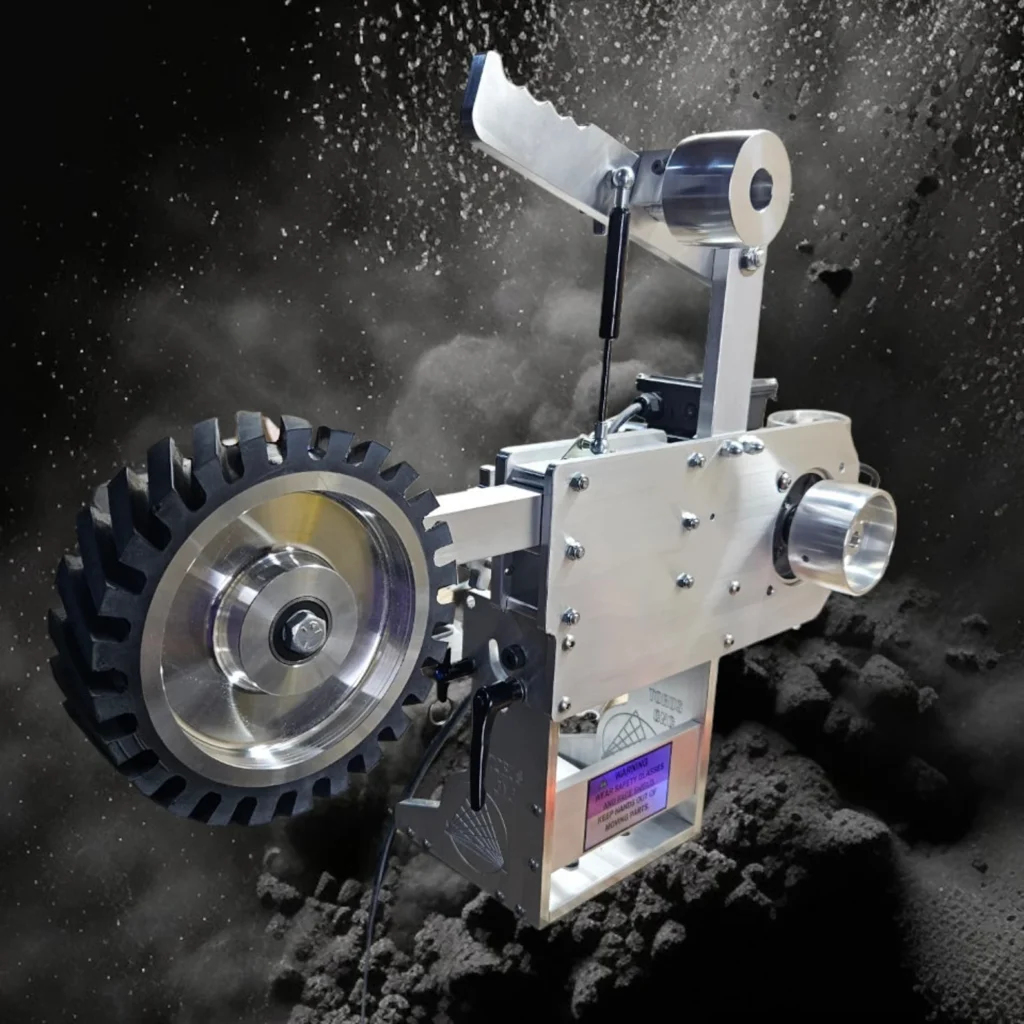
Steps to Achieving Ultra-Smooth Operation
Achieving ultra-smooth operation through rebalancing drive wheels involves a systematic approach that includes several key steps. The first step is to assess the current state of the drive wheels. This assessment may involve visual inspections and measurements to identify any signs of imbalance or wear.
Understanding the specific issues at hand is crucial for determining the appropriate rebalancing method. Once the assessment is complete, the next step is to implement corrective measures. This may involve adding or removing weight from specific areas of the wheel to achieve a balanced state.
Advanced techniques such as dynamic balancing may be employed to ensure precision in weight distribution. After adjustments are made, it is essential to conduct thorough testing to verify that the desired level of smooth operation has been achieved. Continuous monitoring and adjustments may be necessary to maintain optimal performance over time.
Choosing the Right Rebalancing Method
Selecting the appropriate rebalancing method is critical for achieving effective results. There are several techniques available, each with its own advantages and applications. Static balancing is one common method that involves placing weights on a stationary wheel until it achieves equilibrium.
This method is often suitable for simpler systems where precision is less critical. Dynamic balancing, on the other hand, is more complex and involves assessing the wheel’s performance while it is in motion. This method allows for more accurate adjustments and is particularly beneficial for high-speed applications where even minor imbalances can have significant consequences.
The choice between static and dynamic balancing will depend on factors such as the type of machinery, operating conditions, and desired precision levels.
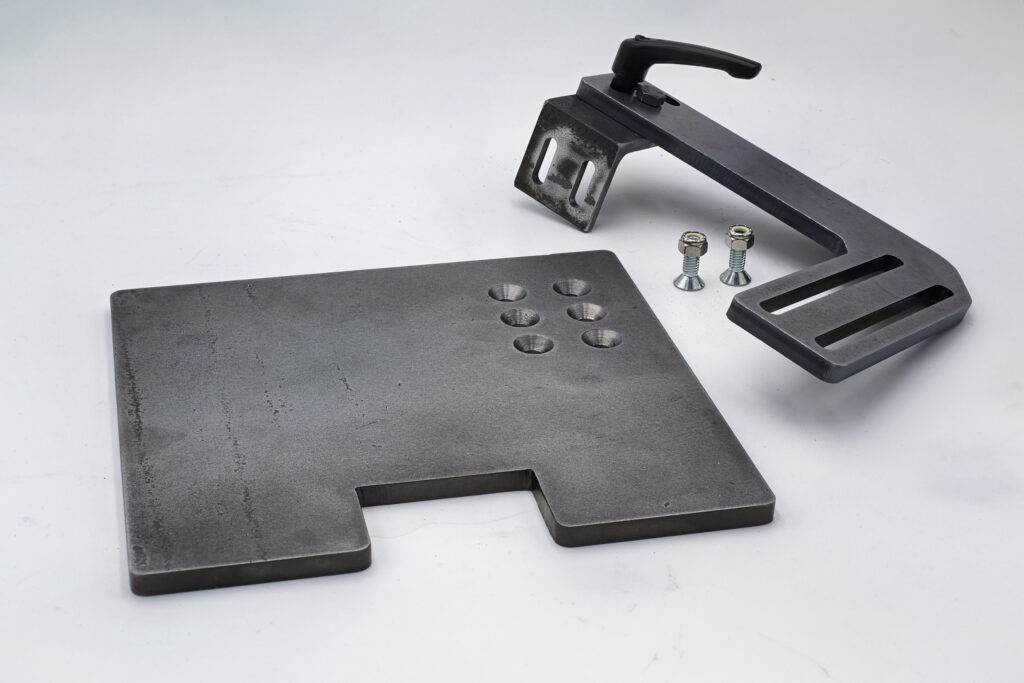
The Role of Proper Maintenance in Achieving Smooth Operation
Proper maintenance plays a pivotal role in ensuring that drive wheels remain balanced over time. Regular inspections should be conducted to identify any signs of wear or imbalance early on. This proactive approach allows for timely interventions before minor issues escalate into major problems that could disrupt operations.
In addition to inspections, routine maintenance practices such as lubrication and alignment checks are essential for maintaining smooth operation. Keeping components well-lubricated reduces friction and wear, while proper alignment ensures that all parts work harmoniously together. By integrating maintenance into the overall operational strategy, businesses can significantly enhance the longevity and performance of their drive wheels.
Tools and Equipment for Rebalancing Drive Wheels
To effectively rebalance drive wheels, specific tools and equipment are required. Balancing machines are among the most essential tools in this process. These machines are designed to measure imbalances accurately and provide data for making necessary adjustments.
Depending on the complexity of the system, different types of balancing machines may be utilized. In addition to balancing machines, other tools such as weight kits and alignment tools are crucial for achieving precise results. Weight kits allow operators to add or remove weights easily during the rebalancing process, while alignment tools ensure that all components are correctly positioned relative to one another.
Investing in high-quality tools and equipment not only facilitates effective rebalancing but also contributes to overall operational efficiency.
Tips for Monitoring and Maintaining Balanced Drive Wheels
Monitoring and maintaining balanced drive wheels require a proactive approach that includes regular checks and adjustments as needed. One effective tip is to establish a routine inspection schedule that aligns with operational demands. During these inspections, operators should look for signs of wear or imbalance, such as unusual vibrations or uneven tire wear.
Another important aspect of monitoring is keeping detailed records of inspections and maintenance activities. Documenting changes over time allows operators to identify patterns or recurring issues that may require further investigation. Additionally, utilizing technology such as vibration analysis tools can provide valuable insights into the condition of drive wheels and help detect imbalances before they become problematic.
Case Studies: Successful Implementation of Rebalanced Drive Wheels
Examining case studies can provide valuable insights into the successful implementation of rebalanced drive wheels across various industries. For instance, in manufacturing settings where heavy machinery operates continuously, companies have reported significant improvements in productivity after rebalancing their drive wheels. By addressing imbalances early on, these organizations were able to reduce downtime caused by equipment failures and enhance overall operational efficiency.
In another example from the automotive industry, a fleet management company implemented a comprehensive rebalancing program for its vehicles’ drive wheels. The results were remarkable; not only did they experience improved fuel efficiency due to reduced rolling resistance, but they also noted a decrease in tire replacement costs over time. These case studies highlight how strategic rebalancing efforts can yield substantial benefits across different sectors.
The Future of Ultra-Smooth Operation
As industries continue to advance technologically, the future of ultra-smooth operation hinges on effective strategies for managing drive wheel balance. The importance of rebalancing cannot be overstated; it is a critical component in achieving optimal performance and safety across various applications. With ongoing innovations in tools and techniques for rebalancing drive wheels, businesses are better equipped than ever to address imbalances proactively.
Looking ahead, organizations that prioritize rebalancing as part of their maintenance strategy will likely see enhanced operational efficiency and reduced costs over time. As we move into an era where precision engineering becomes increasingly vital, embracing practices that promote smooth operation will be essential for staying competitive in today’s fast-paced environment. Ultimately, rebalanced drive wheels represent not just an improvement in performance but a commitment to excellence in operational practices across industries.
FAQs
What is the purpose of rebalancing drive wheels for ultra-smooth operation?
Rebalancing drive wheels helps to minimize vibrations and ensure smooth operation of machinery and equipment. This is particularly important in applications where precision and stability are crucial.
How does rebalancing drive wheels improve performance?
By rebalancing drive wheels, any imbalances in the rotating components are corrected, leading to reduced vibrations, improved stability, and enhanced overall performance of the machinery or equipment.
What are the common signs that drive wheels need rebalancing?
Common signs that drive wheels may need rebalancing include excessive vibrations, uneven tire wear, noise during operation, and decreased overall performance of the equipment.
What are the methods used for rebalancing drive wheels?
Common methods for rebalancing drive wheels include using precision balancing equipment, adding or removing weights, adjusting tire pressure, and ensuring proper alignment of the drive components.
Why is it important to maintain balanced drive wheels?
Maintaining balanced drive wheels is important to prevent premature wear and tear on the equipment, reduce the risk of mechanical failures, and ensure the safety of operators and nearby personnel.
